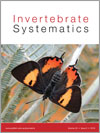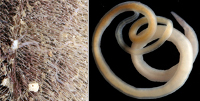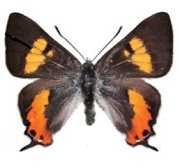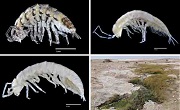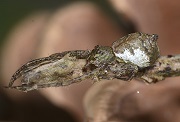IS18069Phylogeny of the Echinoderes coulli-group (Kinorhyncha : Cyclorhagida : Echinoderidae) – a cosmopolitan species group trapped in the intertidal
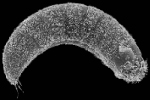
A big, and yet unresolved question in meiofauna ecology, is why numerous microinvertebrates show a nearly cosmopolitan distribution, even though they lack pelagic life stages and do not possess special dispersal capabilities. In order to understand the dispersal mechanisms behind these species – do they spread with continental drift or do they have hidden dispersal capabilities? – the phylogeography of an intertidal species group of kinorhynchs was analysed. The results showed that their phylogeny follows present days’ geography, suggesting that meiofaunal organisms without dispersal stages possess greater dispersal potential than previously assumed.


